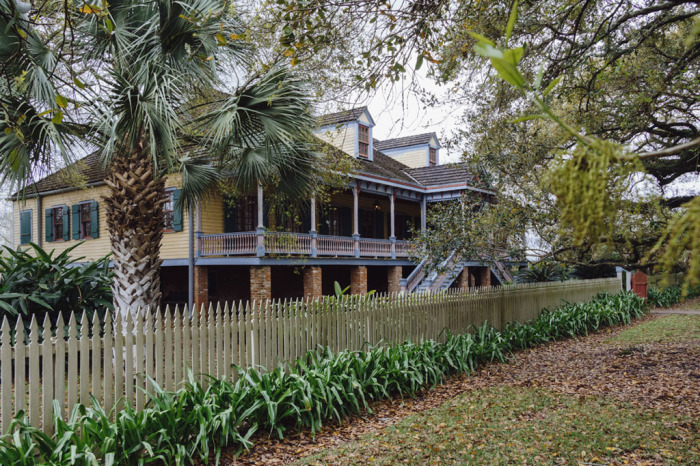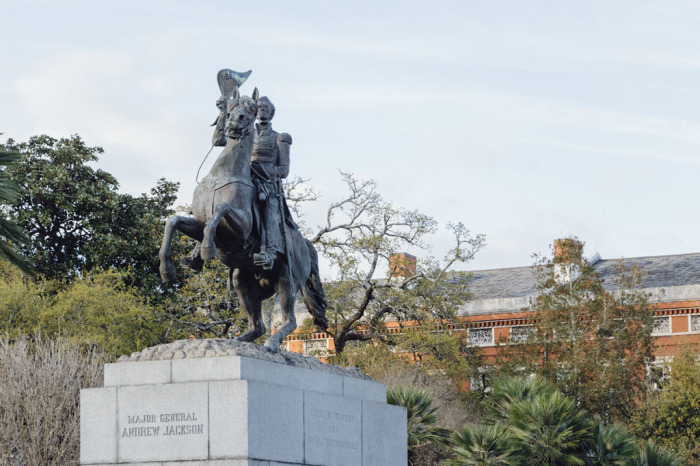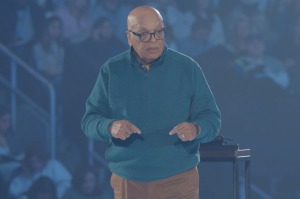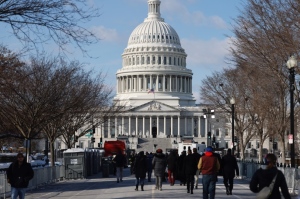3 ways to see Louisiana

Louisiana is one of those states that doesn’t quite fit the mold.
Yes, it’s a Southern state. Unquestionably so. However, Louisiana’s culture and history are much richer than most states, as it dates to when the French established a colony here in the late 17th century.
Hence the name of Louisiana, which comes from King Louis XIV, perhaps better known as the Sun King.
Control of the colony ebbed and flowed between the great European powers — Britain won part of Louisiana after the Seven Years’ War, which also resulted in Spanish colonial authorities replacing the French in New Orleans — until the eponymous Louisiana Purchase, when America under President Thomas Jefferson purchased a vast swath of the territory from Napoleon Bonaparte in 1803. This gives the Pelican State a history contemporary with the original 13 colonies.
The legacy of colonialism can still be seen today.
French place names are everywhere. There is the Cajun culture, which derives from the Acadians expelled by the British from present-day Canada. Louisiana French as a language was common well into last century. Last but certainly not least is the iconic architecture of New Orleans.
All of this culture and history can be discovered on a road trip to the following three destinations over an extended weekend.
Baton Rouge
The capital city of Louisiana since 1846, Baton Rouge is a pleasant surprise.
Downtown, which has experienced redevelopment in recent years, is very walkable, thanks to a growing number of hotels and restaurants. I stayed at the Watermark, part of Marriott’s Autograph Collection brand. The boutique hotel opened a couple of years ago in a converted downtown skyscraper that used to house a bank and assorted other offices.
The capitol building, an art deco skyscraper commissioned by infamous Gov. Huey Long, literally and figuratively towers over Baton Rouge. Other sights include the aptly named mid-19th century Old Louisiana State Capitol, which was inspired by a Gothic castle even if architecturally it resembles Strawberry Hill more than authentic Gothic Revival. A better example of Gothic Revival is St. James Episcopal Church with its perfectly elegant brick tower and interior Tiffany stained-glass windows.
About halfway between Baton Rouge and New Orleans is Laura Plantation, part of New Orleans Plantation Country. The restored home, which dates to the early 1800s, is a remarkable example of the homes and working estates owned by well-to-do Creole or French-speaking, Roman Catholic families that once dotted the banks of the Mississippi River.
Bayou Country
I based myself in Houma, located about two hours by car from Baton Rouge and the all-but-official capital of Bayou Country. This is where you will discover Cajun folklife.
My visit included a Friday in Lent, which meant the local seafood eateries were a happening place for those following traditional rules of fasting and meat abstinence.
One such eatery is Cajun Critters, which serves what its name suggests. Alligators, gumbo, oysters and the freshest of seafood, thanks to Houma’s proximity to the Gulf of Mexico.
Speaking of seafood, I experienced firsthand Louisiana’s dynamic shrimp industry with Down the Bayou Shrimp Tours. Don’t skip the farm-to-table or, rather, boat-to-table lunch at the onsite Kim’s Shuga Shack.

New Orleans
No visit to Louisiana is complete without a stop in the Big Easy, as New Orleans is called.
Everyone goes to St. Louis Cathedral, seat of the Roman Catholic archbishop and dedicated to St. Louis IX, king of France from 1214-1270. The landmark — the present cathedral was rebuilt after a devastating fire in 1788 and subsequently renovated in the 1850s — faces Jackson Square.
As you might guess the square is named after Major Gen. Andrew Jackson, the country’s seventh president and hero of Battle of New Orleans in 1815. Immediately next to the cathedral on the southwest side is the Cabildo. The baroque-style building, once a city hall and courthouse, today houses part of the Louisiana State Museum.
Then there is the famed French Quarter. For the best glimpse into this past visit some of the residential and commercial buildings preserved by the Historic New Orleans Collection.
If you go
The major airlines fly to both Baton Rouge and New Orleans, though New Orleans has more flight frequencies. All of the car rental agencies are also present at both airports.
Spires and Crosses is a weekly travel column. Follow @dennislennox on Twitter and Instagram.





























